Recessed lighting in bathrooms
A bathroom downlight is no different from recessed luminaires installed in other locations except for that it is often sealed to protect its sensitive components against condensation, humidity, and sprays of water. Recessed downlights are a common addition to rooms that have modest ceiling heights or where an inconspicuous aesthetic of overhead lighting is of paramount importance. As opposed to other types of ceiling light fixtures that substantially extend below the ceiling surface, recessed downlights are designed to be minimally visible from below a ceiling and consume no vertical spaces within the field of view. They not only provide a cleaner look when installed, the light that appears to shine from a hole in the ceiling is more visually comforting.
Layering different types of light with downlights
Downlights are versatile enough to be used throughout a bathroom to provide ambient, task and even accent lighting. As the primary layer of light, ambient lighting or general lighting provides a bathroom with overall illumination. It makes navigating the room visually comfortable and establishes the mood or character of the space. Bathroom downlights designed for ambient lighting are equipped with flood optics that produce wide, rotationally symmetrical light distribution. Task lighting provides focused, localized illumination needed to perform specific tasks. Accent lighting creates a hierarchy of importance for esthetic purposes through the use of contrast. Task and accent lighting are accomplished using spot and narrow flood optics.
LED downlights
LED downlights are lauded for their high energy efficiency, long service life, and a diversity of features over legacy lighting systems. LED downlights can be lamp-based systems or integrated LED systems. Lamp-based LED luminaries have their performance characteristics built into an LED replacement bulb such as an MR16, GU10 or PAR30 lamp. The use of LED lamps accelerated the switching of legacy lighting systems to LED lighting. However, there isn’t much an LED bulb can do when its form factor and commoditized price make it impossible to incorporate high-performing driver circuits and thermal management systems. The trend in LED lighting is to design luminaires as integrated systems which build the electrical, optical and thermal systems around the integrated LEDs. The integrated approach maximizes thermal performance, improves circuit efficiency and reliability, enables enhanced controllability and new functionality, and allows more efficient delivery of light with the optimum optical distribution.
Integrated light engines
An integrated LED downlight consists generally consist of a light module, a driver, a trim, a housing, and aluminum heat sink which is often be built into the housing. The light module can be an integrated COB array or an assembly of mid-power or high power LEDs mounted on a metal-core printed circuit board (MCPCB). LED downlights used in residential settings typically use warm white LEDs with the correlated color temperature (CCT) in the range of 2700 to 3000 K and a minimum color rendering index (CRI) of 85.
The LED module is attached to the heat sink to complete a thermal path from the LED chip to the ambient environment. The constant current LED driver is built into the luminaire or can be remotely located. It converts electric power from a line voltage supply into to a current and voltage suitable for driving LEDs. The direct current fed to the LEDs should have a low ripple content in order for the downlights to deliver flicker-free lighting. The driver should be dimmable and provide compatibility with standard dimming protocols when dimming is part of the lighting control strategy.
Trims
The housing is paired with a finishing trim to hide the edge around the hole in the ceiling. The trim finalizes the appearance of the visible portion of a recessed downlight when a user looks upward into the fixture. The trim forms the light exit assembly which is also used to shape the radiation pattern and provide glare control. The light exit assembly may be designed as a reflector trim, baffle trim, lensed trim, pinhole trim, wall wash trim, eyeball trim, gimbal trim, and retractable trim. The lensed trim is commonly referred to as a shower trim which is typical of bathroom downlights mounted in showers and above baths and whirlpools. These fixtures are generally sealed to an IP65 rating. A bathroom downlight may come with an airtight gasket to seal off the area around the trim to prevent steam from migrating into the ceiling and causing condensation.

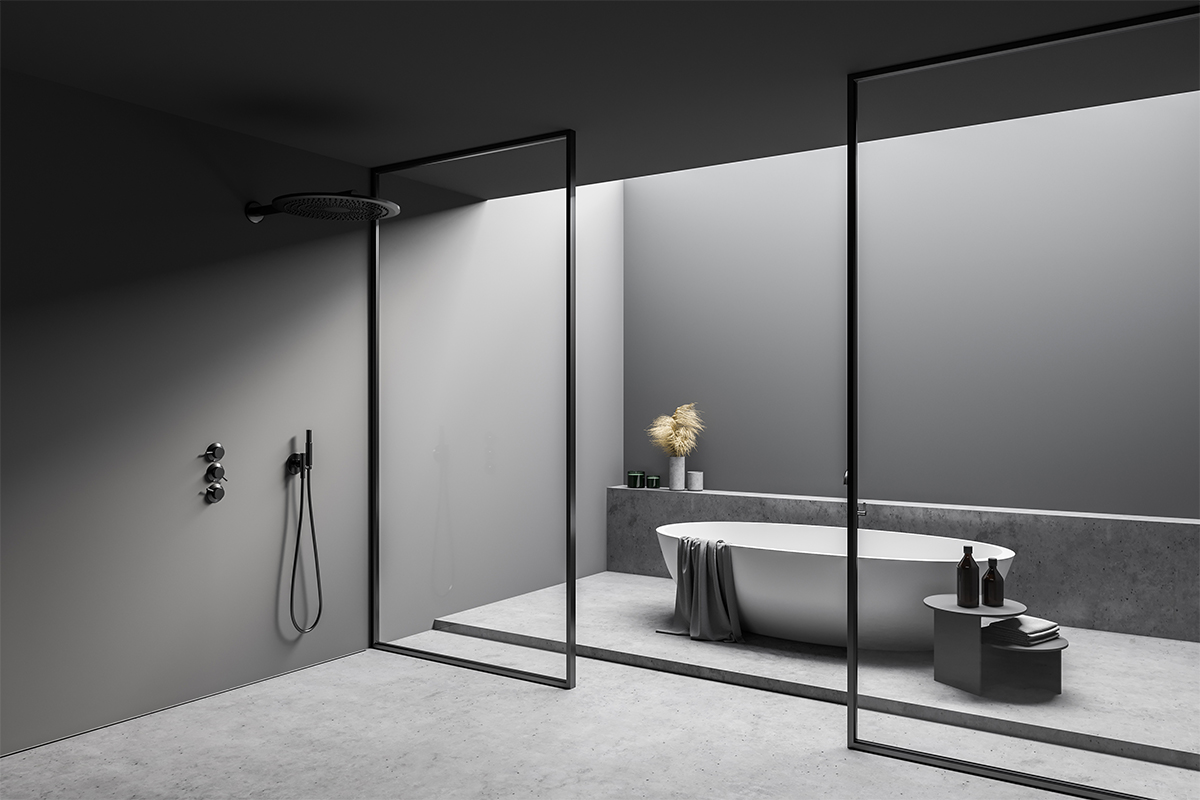
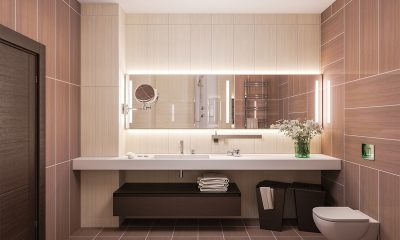
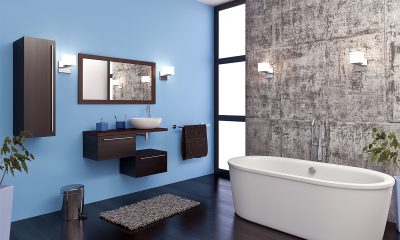
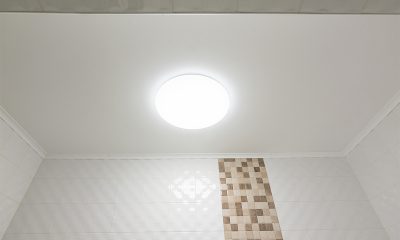
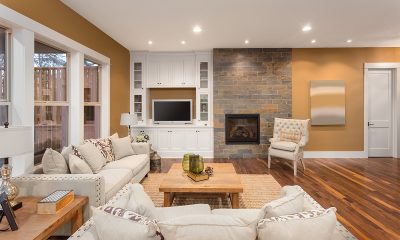
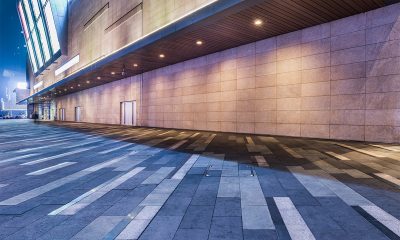
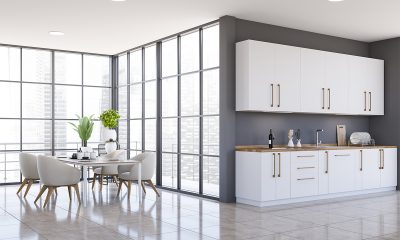
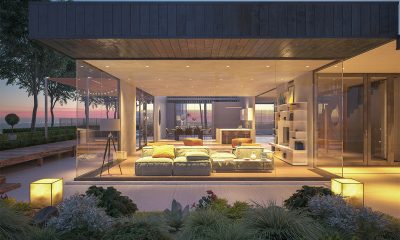
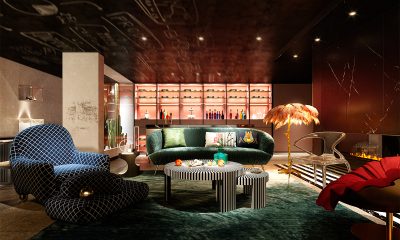


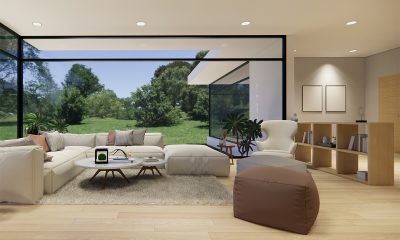
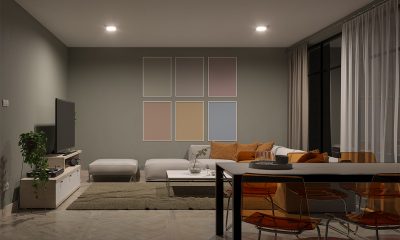





Loading...
New member